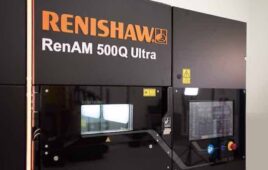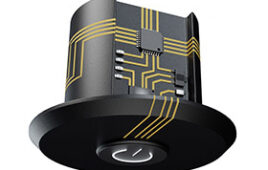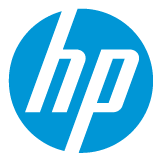When Cloud DDM started their 3D printing service, they wanted to be able to mail parts as quickly as possible back to their customers. Therefore, they chose the location of the company accordingly – and ended up in the same building as the UPS hub in Louisville, Ky. Working in the UPS hub means that Cloud DDM can print parts until midnight and ship them anywhere in the country by 9 am.
Cloud DDM produces on-demand 3D printed parts in an automated “lights-out” factory. Founder and CEO Mitch Free spoke at the Kansas City SmartPort’s annual industry briefing in early April, and talked to PD&D about how they speed up production and fit into supply chains, as well as where the 3D printing industry is going.
Cloud DDM offers four types of materials: ABS, Polycarbonate, Polycarbonate-ABS, and ULTEM1010, all available using fused deposition modeling (FDM). Free explained that FDM is the best choice for end-use parts, since it can produce structurally sound products. Stereolithography (SLS) can also produce usable parts, but SLS is more difficult to automate. SLS uses a vat of powder out of which its parts are built and nested. After the part is done printing, it needs to be manually extricated from the remaining nylon. FDM, on the other hand, come out free-standing and can simply be transported away from the printer on a conveyor belt, making automation easier. FDM parts do have printed supports, but those are liquid soluble, and can be melted away at the end of the process.
Making consumer-grade parts with FDM is still difficult, Free said. The printers need to be carefully controlled, with accuracy on all axes. A temperature and humidity-controlled environment is also required in order to keep the plastic layers at the right temperature that they need in order to keep the print accurate. Most of their customers are product manufacturers who want to be sure to have their prints made on highly-accurate machines with certified authentic materials, Free said.
His company is also printing with metals, including stainless steel, titanium, and aluminum. He acknowledged that subtractive manufacturing or machining is a much faster way to make parts than additive manufacturing when it comes to metal. However, additive manufacturing becomes a competitive method when the part one needs to print has a complex interior. 3D printers can print complex, interior geometries such as cooling lines that snake through different areas of a part in a way that would be difficult or impossible to drill. GE has already done this with the fuel nozzles on their LEAP engine.
Free says that most of his customers are using 3D printing to make prototypes of low-volume materials. Companies that produce products which are valuable but have small markets, such as medical devices, are some of his most common customers. Other companies use the service as “a bridge to tooling,” or for an initial run of products before the in-house injection molds have been completed.
Another development he is keeping an eye on is “digital inventory,” parts that can be printed on demand instead of stored. Companies can store their order on the cloud instead of using warehouse space, and print that inventory as needed.
That connects to another advantage of out-of-house printing: companies don’t need to keep up with 3D printing technology if the printing services are doing it for them.
And Cloud DDM does it all for them: the lights-out manufacturing set-up means that the large printer farm is monitored by just two people running on two shifts, who perform any necessary maintenance. The prints are ordered, extruded, and ejected without any human assistance.
In Kansas City, Free spoke about how new technology is being used to help support the supply chain industry. While many companies offer on-demand 3D printing, the different techniques, materials, and timeframes in which they do it set them apart – and Cloud DDM wants to corner the market on fast turnarounds.
Filed Under: 3D printing • additive • stereolithography, Materials • advanced




